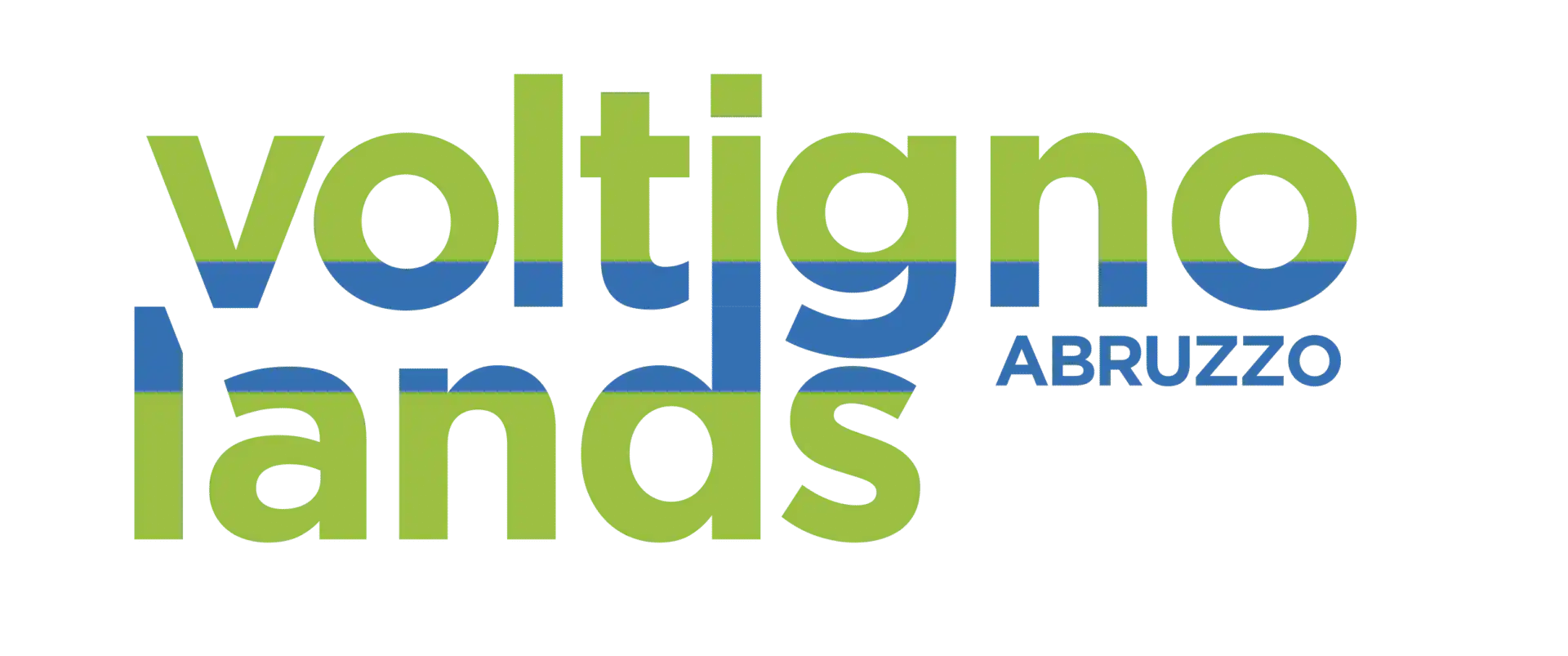L'Arazzeria Pennese
Craft workshop and permanent exhibition
The Tapestry Shop of Penne
The Tapestry Shop of Penne/Arazzeria Pennese interprets the contemporaneity of the low heald through the creation of tapestries, including the latest ones by Marco Tirelli, Alberto Di Fabio, Costas Varotsos, Matteo Nasini and Andrea Mastrovito. The tapestries are woven in the laboratory of the Lake Penne Regional Nature Reserve, an oasis of WWF Italy. In 2014, the Riserva, together with Brioni, the Penne Museums and Archives Foundation and the Cogecstre and Alisei cooperatives, reopened, under the direction of Laura Cutilli, one of the very rare active tapestry factories in Italy and the only one to use the technique of the low liccio. Founded in 1965 and active until 1998, the Pennese Arazzeria represents an excellence of the artistic craftsmanship of Penne, an ancient medieval village in the province of Pescara: unlike the tapestry shops that operate in Italy and Europe – such as the French or Portuguese ones that work with high heald – the laboratory follows its own technical characteristics, with artisan looms with four healds. The weaving of a low-heald tapestry involves close collaboration with the artist both in the first stage of making the cardboard and in the chromatic choice of the wools – the so-called mazzette – prepared by mixing a series of colored wool threads which by count and chromatic correspondence they become the textures of the fabric. The birth of the Pennese Arazzeria in the second half of the 1900s is closely linked to the meeting and collaboration with Enrico Accatino who produced around sixty tapestries in the workshop. The brilliant results obtained right from the start made the Arazzeria Pennese a center of great international resonance in a short time and there are many artists who have supplied their sketches to the Arazzeria and collaborated with their ideas and suggestions for weaving: Marcello Avenali , Afro Basaldella, Diana Baylon, Remo Brindisi, Primo Conti, Antonio Paradiso, the daughters of Giacomo Balla and Giuseppe Capogrossi, whose tapestry, more than 8 meters long, is currently exhibited in the Gallery of the National Central Library “Vittorio Emanuele II” of Rome. The new journey of the tapestry factory began in 2014 with the youngest weavers of the historic tapestry factory, Erminia Di Teodoro and Lolita Vellante, both from Penne and with thirty years of experience in tapestry weaving. The laboratory established direct relationships with Tirelli, Di Fabio, Varotsos, Nasini and Mastrovito, who created the sketches which were then translated – thanks to the mastery of Mario Costantini who studied innovative systems for this creative passage – into cartons for the tapestries. The weaving takes place with the contribution of the artist himself, i.e. a symbiotic relationship is created between the proposed work, the creation of the cardboard, the choice of bundles and the dexterity of the weavers. The chromatic backgrounds of the cardboard are studied with respect for the work but live on their own autonomy which is the basis of the textile translation and constitutes the noblest part of the tapestry. Among the latest works it is possible to admire some large tapestries by Giacomo Balla and Afro, part of the historic tapestry factory, and the new contemporary production consisting of two tapestries each by Alberto Di Fabio, Matteo Nasini, Marco Tirelli, Costas Varotsos and preparatory material from the very recent tapestry by Andrea Mastrovito, a work that was officially presented at the closing of the exhibition at MACRO with a workshop on tapestry and the contemporary.

